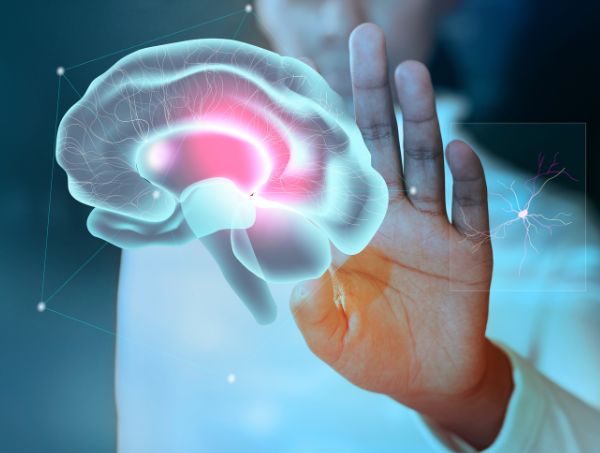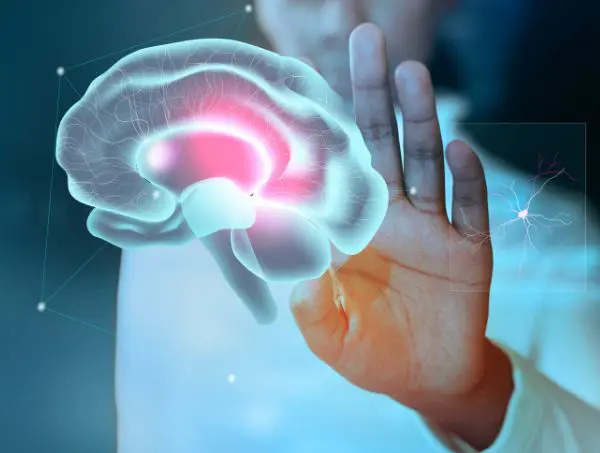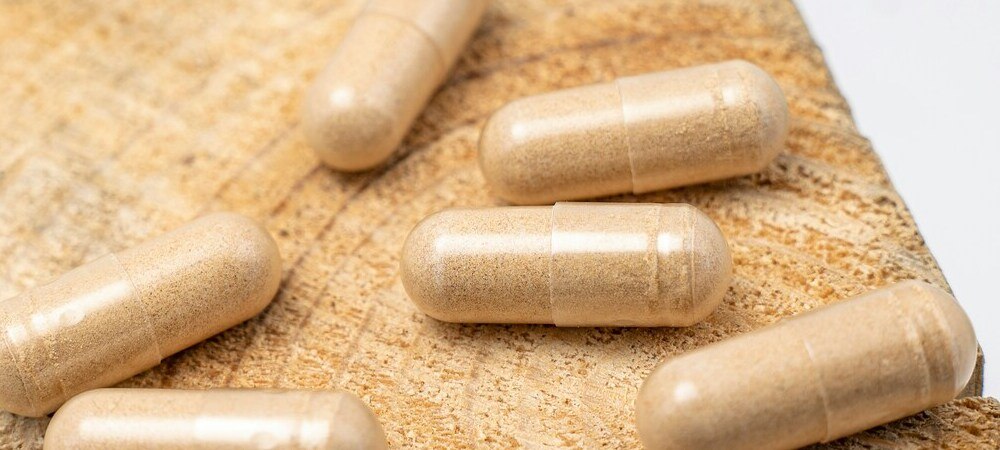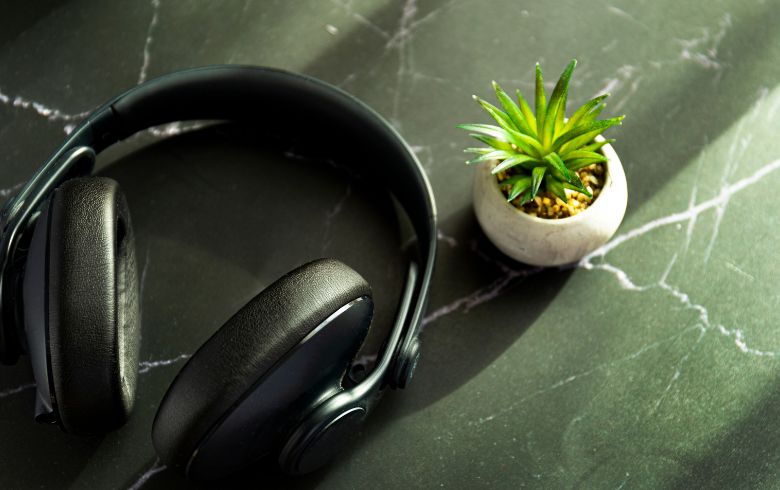A few years ago, research related to human’s body has begun to focus on the endocannabinoid system. This system, also known by its acronym ECS, affects multiple physiological functions such as appetite, sleep and stress, helping to achieve inner balance. It is possible to activate the ECS in different ways, for example with products containing CBD. More information on the endocannabinoid system, its composition and function is provided below.
Endocannabinoide system: what is it and how does it work?
The ECS is a complex neurotransmitter system you can find in different areas and tissues of the human body, as well as in most animals. Its structure is very similar to the neurotransmitter system, except that it extends beyond the brain. It contains a number of interacting cannabinoid and endocannabinoid receptors. Specifically, it consists of neuromodulatory lipids together with endogenous cannabinoid receptors located in the brain, the central nervous system and other glands and immune cells.
This system is responsible for balancing various metabolic procedures and to optimise the body’s functions. As they have found it recently, they still don’t know much about it. It wasn’t until the 90’s when its existence was revealed while they were studying the THC and CBD cannabinoids effects.
This allowed further study of how cannabinoids interact with the human body, revealing that our body creates them naturally. Thus, the first endocannabinoid found was anandamide, known as the happiness molecule.
Receptors that make up the ECS
- CB1 and CB2 receptors. CB1 receptors are mainly located in the central nervous system (CNS), more specifically in the hippocampus, cerebellum, or hypothalamus. They directly influence cognitive functions, including coordination, perception, pain and mood. This receptor is directly related to THC.
- CB2, on the other hand, is located in the peripheral nervous system, being abundant in cells with an immune function. CBD is mainly bound to this receptor, functioning as an anti-inflammatory.
- GPR55 receptors. These are found in the adrenal glands, central nervous system and digestive system. They are involved in blood pressure regulation, inflammatory pain or affect bone metabolism.
- TRPV. Located in all tissues and the nervous system, they act as mediators of pain, inflammation, help thermoregulation and muscle tone.
- 5-HT1A. These receptors, detected in the CNS, are related to emotional and memory processes, influencing mood.
- Others such as GPR18, 5-HT3, PPARS are still being studied.
However, the main endocannabinoids in the ECS are as follows:
Anandamide. It is synthesised in the brain, precisely in the area where you manage memory, motivation and other higher cognitive activities, as well as movement control. It influences different physiological processes such as pain, appetite, pleasure and reward.
2-arachidonoylglycerol (2-AG). This binds to CBD receptors to influence immune, inflammation or pain processes.
How the human endocannabinoid system works
To understand how the ECS works, it is necessary to understand how cannabinoid receptors relate to these substances. These receptors are proteins in the cell membrane that wich activates when they come into contact with endocannabinoids, phytocannabinoids or synthetic cannabinoids. This leads to the regulation of homeostasis, the balance of which is crucial for various functions such as appetite, digestion and sleep. Specifically, EDS affects multiple factors such as:
- Metabolism and energy balance
- Stress response
- Women’s reproductive system
- Nervous and immune system
- Pain response
- Body temperature regulation
- Sleep, humour and appetite
- Memory and cognitive functions
- Physical exercise
Ways to activate the ECS
One of the methods of activating the full benefits of this system is the use of CBD-containing products such as cbd oils or creams. When applied, they link and activate the CB1 receptors, inhibiting the activity of the enzyme that is responsible for its breakdown, which allows the ECS to improve its effectiveness, balancing the rest of the body’s organs.
But if you don’t want to use cannabis derivatives, cannabis can be enhanced in a simple way, with small daily habits that increase CB1 receptors. Some of them are:
- Regular aerobic exercise. This also increases the sensitivity of the receptors or anandamide levels.
- Sunbathing. A maximum of 20 minutes outside peak hours would be enough.
- Eat quality fats. This is because the endocannabinoids in our body are produced by fatty acids such as Omega 6 and 3.
- Exposure to cold.
- Reduce stress. Chronic stress keeps the CB1 receptor deactivated.
- Electrolytes drinks. Such as calcium, potassium or magnesium, which help regulate pH.
- Increase vitamin A intake. This vitamin boosts the functioning of the immune system.
- Cocoa and cocoa derivatives. Pure chocolate contains anandamide, as well as activating CB1 receptors.
- Drink tea. Especially green tea, which contains antioxidants that bind to CB1 receptors.
- Avoid endocannabinoid system inhibitors. These are food contaminants, such as pesticides or microplastics, which hinder functioning.
In essence, the endocannabinoid system has multiple functions in the body. It is therefore important to be aware of it and to activate it, either through CBD-containing products or through small daily habits.










